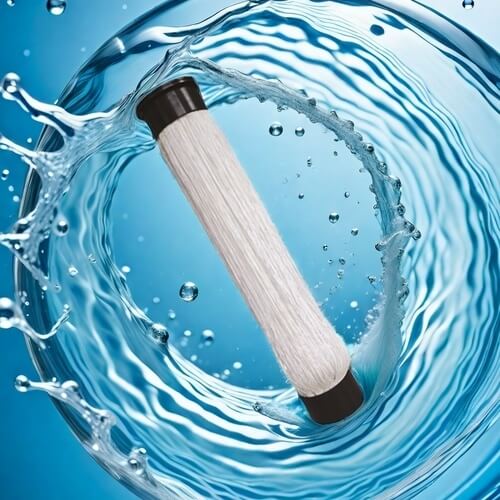MBR membrane reactor: achieve low-energy sewage treatment
MBR (membrane bioreactor) is a new sewage treatment technology. It separates sewage and microorganisms by adding microporous membranes in the bioreactor, thereby achieving efficient and low-energy sewage treatment. As the core component of this technology, MBR membrane plays a vital role.
First, MBR membrane can effectively separate sewage and microorganisms. In the MBR membrane reactor, the role of the microporous membrane is to separate sewage and microorganisms, thereby avoiding the problems of precipitation and filtration in traditional sewage treatment technology. This separation method is not only more efficient, but also can effectively prevent the loss of microorganisms, improving the efficiency and stability of sewage treatment.

Secondly, MBR membrane can effectively remove organic matter and nutrients such as nitrogen and phosphorus in sewage. Microorganisms in MBR membrane reactors can use organic matter and nutrients such as nitrogen and phosphorus for metabolism and growth, thereby converting these harmful substances into harmless substances. Due to the high number of microorganisms in the MBR membrane reactor, organic matter and nutrients such as nitrogen and phosphorus in sewage can be removed more effectively.
Finally, MBR membrane can also achieve sewage reuse. Since the water quality after treatment by MBR membrane reactor is high, it can be used in agricultural irrigation, urban greening and other fields. This can not only save water resources, but also reduce the impact on the environment.
In short, MBR membrane, as a new type of sewage treatment technology, plays an important role in improving sewage treatment efficiency, stability and water quality. With the continuous development and improvement of technology, it is believed that MBR membrane will play a more important role in the field of sewage treatment in the future.
